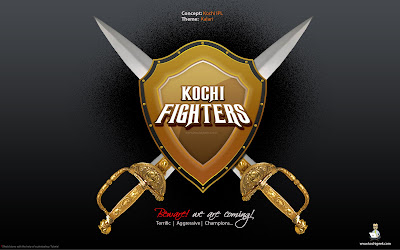Kalaripayattu (Malayalam: കളരിപ്പയറ്റ്) is an Indian martial art from the southern state of Kerala. One of the oldest fighting systems in existence.
Click on the pics for Wallpaper size

See the vertical version

Origins
Oral folklore ascribes the creation of kalari payat to the Hindu gods almost 3000 years ago. Phillip Zarrilli, a professor at the University of Exeter and one of the few Western authorities on kalari payat, estimates that the art dates back to at least the 12th century CE. The historian Elamkulam Kunjan Pillai attributes the birth of kalari payat to an extended period of warfare between the Cheras and the Cholas in the 11th century CE. The art was disseminated through the kalari, which served as active centres of learning before the modern educational system was introduced. Still in existence, these institutions were schools where students could assemble together and acquire knowledge on various subjects ranging from mathematics, language, astronomy and various theatrical arts. Martial arts were taught in the payattu kalari, meaning fight school.
Kalari payat became more developed during the 9th century and was practiced by a section of the Nair community, warrior clan of Kerala, to defend the state and the king. In the 11th and 12th century, Kerala was divided into small principalities that fought one-to-one wars among themselves. These duels or ankam were fought by Chekavar on an ankathattu, a temporary platform, four to six feet high. The right and duty to practice martial arts in the service of a district ruler was most associated with Nairs and Ezhavas. The Lohar of north Kerala were Buddhist warriors who practiced kalaripayat.
The writings of early colonial historians like Varthema, Logan and Whiteway shows that kalari payat was widely popular and well established with almost all people in Kerala transcending gender, caste and communal lines. It is said to have eventually become as prevalent as reading and writing. Among some noble families, young girls also received preliminary training up until the onset of menses. It is also known from the vadakkan pattukal ballads that at least a few women of noted Chekavar continued to practise and achieved a high degree of expertise. The most famous of them was Unniarcha of Keralan folklore, a master with the urumi or flexible sword.
Information Via Wikipedia
Click on the pics for Wallpaper size

See the vertical version

Origins
Oral folklore ascribes the creation of kalari payat to the Hindu gods almost 3000 years ago. Phillip Zarrilli, a professor at the University of Exeter and one of the few Western authorities on kalari payat, estimates that the art dates back to at least the 12th century CE. The historian Elamkulam Kunjan Pillai attributes the birth of kalari payat to an extended period of warfare between the Cheras and the Cholas in the 11th century CE. The art was disseminated through the kalari, which served as active centres of learning before the modern educational system was introduced. Still in existence, these institutions were schools where students could assemble together and acquire knowledge on various subjects ranging from mathematics, language, astronomy and various theatrical arts. Martial arts were taught in the payattu kalari, meaning fight school.
Kalari payat became more developed during the 9th century and was practiced by a section of the Nair community, warrior clan of Kerala, to defend the state and the king. In the 11th and 12th century, Kerala was divided into small principalities that fought one-to-one wars among themselves. These duels or ankam were fought by Chekavar on an ankathattu, a temporary platform, four to six feet high. The right and duty to practice martial arts in the service of a district ruler was most associated with Nairs and Ezhavas. The Lohar of north Kerala were Buddhist warriors who practiced kalaripayat.
The writings of early colonial historians like Varthema, Logan and Whiteway shows that kalari payat was widely popular and well established with almost all people in Kerala transcending gender, caste and communal lines. It is said to have eventually become as prevalent as reading and writing. Among some noble families, young girls also received preliminary training up until the onset of menses. It is also known from the vadakkan pattukal ballads that at least a few women of noted Chekavar continued to practise and achieved a high degree of expertise. The most famous of them was Unniarcha of Keralan folklore, a master with the urumi or flexible sword.
Information Via Wikipedia
Comments